
Mount Everest Base camp (5364 meters) is the most unique and one and only memorable trekking experience that every hikers, climbers, and trekker should do at least for once in a lifetime. Mount Everest Base camp trekking is considered the holiest place for every Trekker in the world. Everest Base camp Trekking is compared with the Mecca, Jerusalem, Pashupatinath, and Lumbini for every trekkers and nature lovers around the world.
Everest base camp lies within the Sagarmatha national park and these both lies within the Everest region. Since it lies within Sagarmatha National Park, the Everest region is rich in flora and fauna. The main inhabitant of the Everest region is the Sherpa communities, there main source of income is through Tourism. Everest region is home to not only the supreme Mount Everest (8848m), it is also home to other highest mountains and peaks, including Lhotse (8516m), Cho Oyu (8188m), Nuptse (7861m), Mount Makalu (8485m), Amadablam (6812m), Island Peak (6160m), Mera peak (6470m), Lobuche (6119m) and several others. Everest region is also best known for Mountaineering and Peak climbing, because of availability of best and beautiful and highest mountains. Besides Everest base camp Trekking can be best understood as following:
Accessibility:
Mount Everest base camp is located in the North Eastern part of Nepal and can be accessed in two ways.
a) Everest base camp can be reached either by flying up to the Lukla Airport from Kathmandu, not to forget that this Airport is considered as world's one of the Dangerous Airport and this adds extra Adventure on the Everest base camp trekking, however, due to advancement in technology and improved Aircraft it is less dangerous nowadays.
b) The other way to access Everest base camp trekking is through the traditional route that starts from Jiri, this is the small town and it needs 6-7 hours' drive from Kathmandu to reach Jiri from where the trek to Everest base camp can be embarked, which additionally requires longer duration, however this is one of the best way if time and wish favors the trekkers.
Accommodation:
There are numerous Tea houses, lodge, and hotels in Everest region, one can get even luxury hotels around Lukla and Namche, whereas more you climb up, lesser the hotel but can find adequate tea house accommodations in every point. Generally trekking in Everest region is Tea house, except around the most Remote parts.
Amenities
* There are Banks, Restaurants, Public Toilets, Communication services including Wi-Fi and mobile connectivity, Drinking water, Trekkers information desk in and around Lukla and Namche, whereas more high you trek lesser chances you get adequate Amenities.
Attractions
Mountains and Peaks:
* Mount Everest (8848m), Nuptse (7861m), Mount Makalu (8485m), Amadablam (6812m), Island Peak (6160m), Mera peak (6470m), Lobuche (6119m), Gyachung kang (7952m), Pumari (7161m) and several others.
Flora:
* Rhododendron forest, Birch, Juniper, Bamboo, Pine, firs, Hemlock, Lichens, mosses.
Fauna:
* Blood Pheasant, Himalayan Monal, Red-billed chough, yellow-billed chough, musk deer, snow leopard, Himalayan Black Bear, Red Panda, Himalayan Thar, Langur monkeys, Wolves, Yak.
Besides these attractions, one can also see amazing landscapes, several unnamed snowcapped peaks, Glaciers, Glacials, Ice lakes, and most importantly the nice hospitality of the Nepalese people.
The best time to trek Everest base camp trekking is during the month of March, April, May and September, October and November. The maximum elevation during the Everest base camp trekking is 5644 at the Kalapatthar, Proper acclimatization during the trek is the most essential factor during the trekking.
Trip Hightlight
Everest Base Camp Trekking Itinerary (14N/15D)
Day 01: Arrival at the Tribhuwan International Airport.
Day 02: Kathmandu full day city Tour.
Day 03: Fly Kathmandu to Lukla (2840m) and trek to Phakding (2610m)
Day 04: Trek Phakding to Namche Bazaar (3440m) (6-7 hours)
Day 05 Acclimatization in Namche (3,440m)
Day 06: Trek Namche to Tengboche (3900m) (6-7 hours)
Day 07: Trek Tengboche to Dingboche (4380m) (6-7 hours)
Day 08: Trek Dingboche to Lobuche (4900m) (4-5 hours)
Day 09: Trek Lobuche To Gorakshep (5170m), Visit Everest Base Camp (5364m), Back To Gorakshep: 7 - 8 Hours
Day 10: Trek Gorakshep to Kalapathar (5550m) then return to Pangboche (4100m) (7-8 hours)
Day 11: Trek Pangboche Khumjung (3780m) (7-8 hours)
Day 12: Trek Khumjung to Phakding (2610 m) (5-6 hours)
Day 13: Trek Phakding to Lukla (2840m) (3-4 hours)
Day 14: Fly Lukla to Kathmandu (25-30 minutes)
Day 15: International Departure.
How difficult is the Everest Base Camp Trek?
In terms of terrain, there are no ropes needed and no ice picks needed. There is no vertical climbing involved. The trail is rough, rocky and gravel-strewn. Most of the trek involves long paths that go up and then down. People with weak ankles should take caution. Depending on the time of year you go there can also be snow and ice in the trails. Use caution or seek the expertise of our guide.
How fit do I need to be to go trekking to Everest Base Camp?
The average level of fitness is required. Trekking to Everest Base Camp? In Nepal, you'll need to consider the number of days you'll be out trekking. Most days include 4-7 hours of slow hiking. Altitude is not the biggest problem for this trek but there are lots of up and down with many stone steps.
Many people from all walks of life, ages, and fitness levels have trekked to Everest Base Camp and it is one of the popular treks in Nepal.
Can my children go on the Everest Base Camp trek?
Yes, your Children can do it but make sure they have enough walking experience.
What if I am a solo traveler? Is there a supplemental for singles?
No problem. Many of our customers are traveling solo. It may also be an option to join a small group or another solo traveler, let us know if this interest you.
Yes, there is a supplemental cost if you are traveling alone.
When should I go to Everest Base Camp Trek?
However, the following months have traditionally been used as a guide for preferred times of the year to visit.
October - November/December: this is Nepal's peak and the best time to go trekking.
February-March-April: this is the end of the dry season and the second-best time of year to go trekking.
November/December to January/February: the skies are clear but it can get very cold.
May - June: This is Nepal's hot season and it can get very warm indeed.
What equipment do I need to go trekking to Everest Base Camp Trek?
Trekking permits you need include the SNPE & TIMS available at agents and through the official Nepal Tourism Board offices (Mountain World Treks take care of this for you).
After that, it depends on the time of year in regards to clothing and equipment. The following are the necessities:
• A good pair of hiking boots
• A windcheater style jacket
• Good quality socks
• Hat
• Long sleeve shirts
• Map
• Rubber sandals
• Shorts
• Trekking pants
• Water bottles (water purification system)
Keep in mind if you do the trek during the off-peak winter season you'll need to carry extra clothing. Wearing layers is essential as it can get hot during the day so you'll remove clothing then. While when the sun goes down it can get very cold very fast.
Meanwhile in during the monsoon season, you'll need to bring a rain jacket, cap and think about additional socks. It's harder to dry things out so spares are essential for more information.
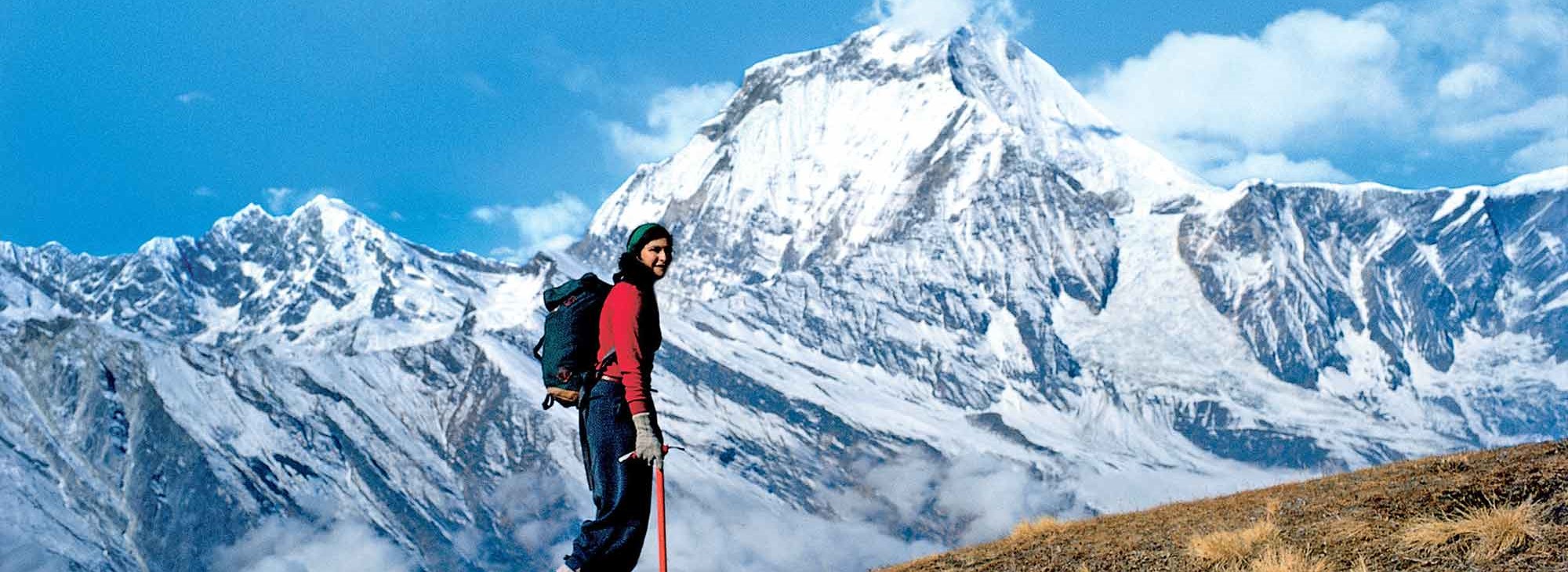
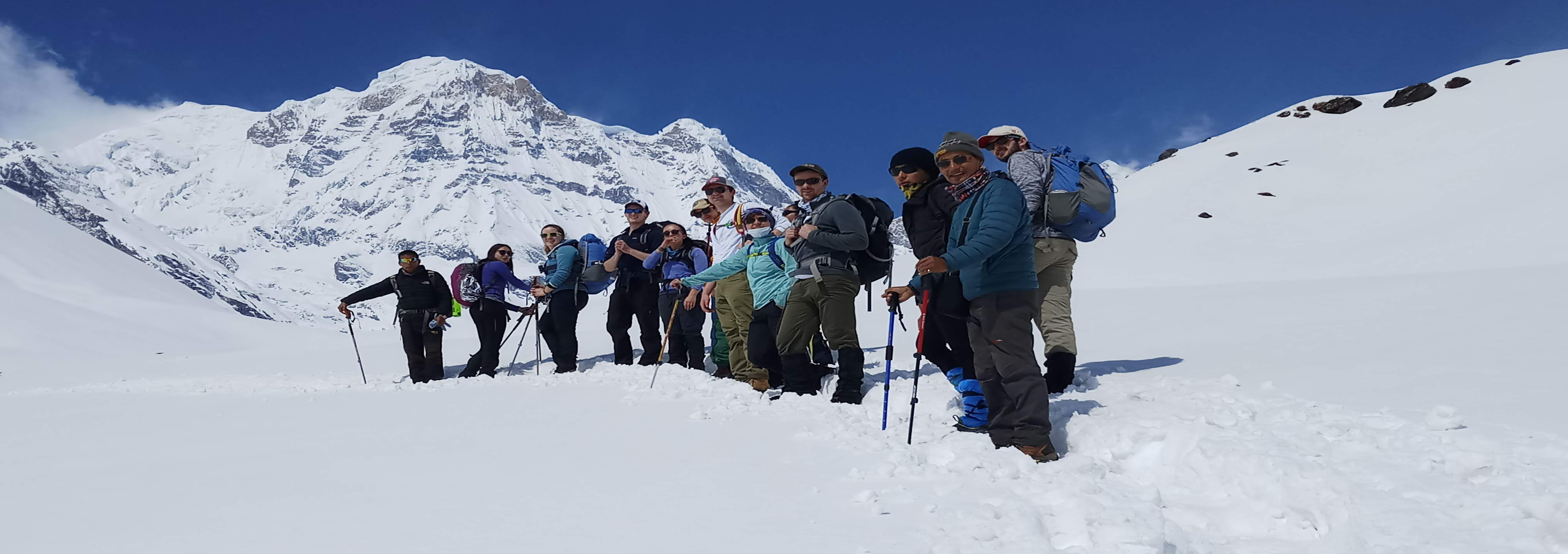
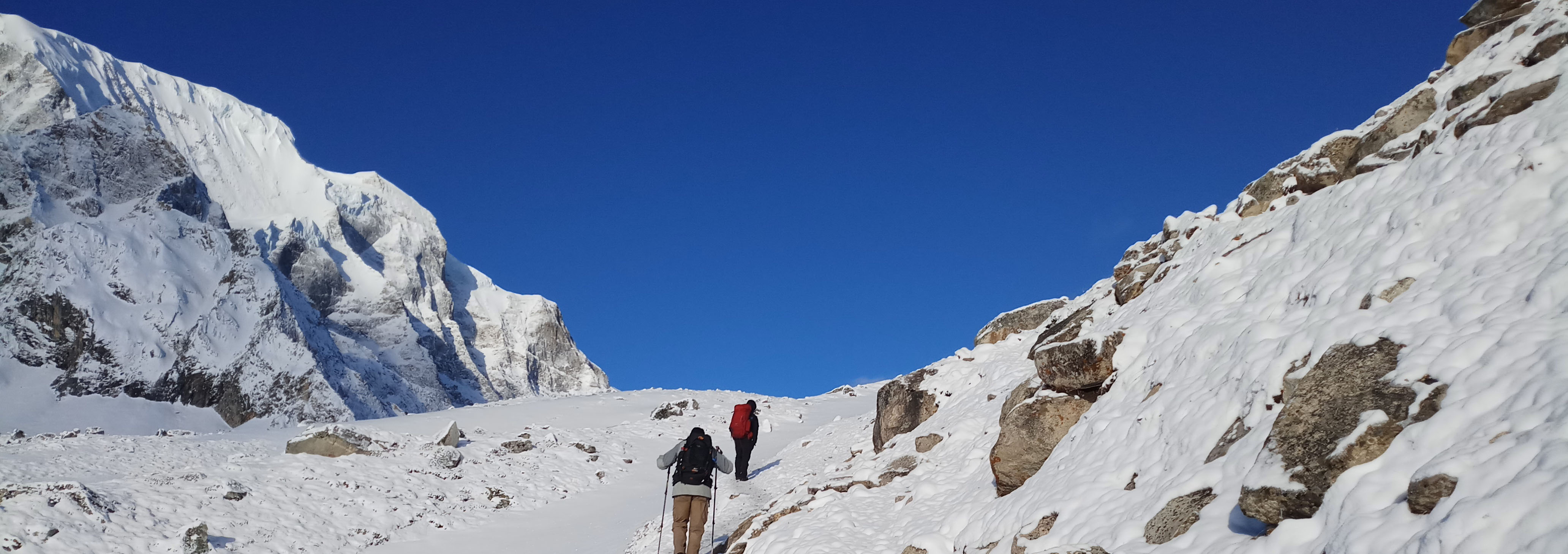

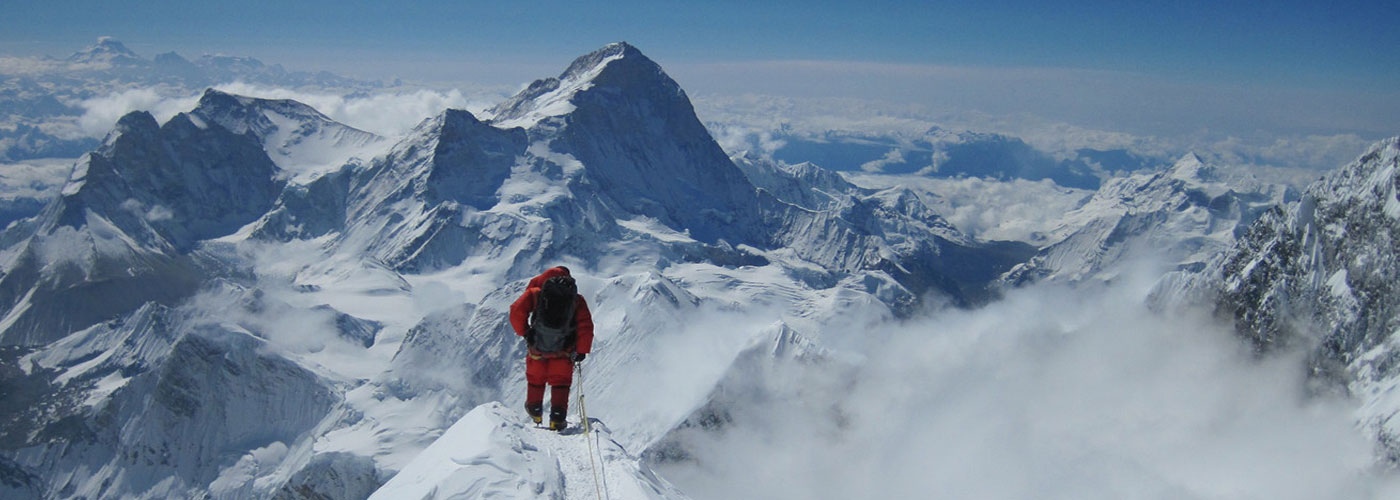
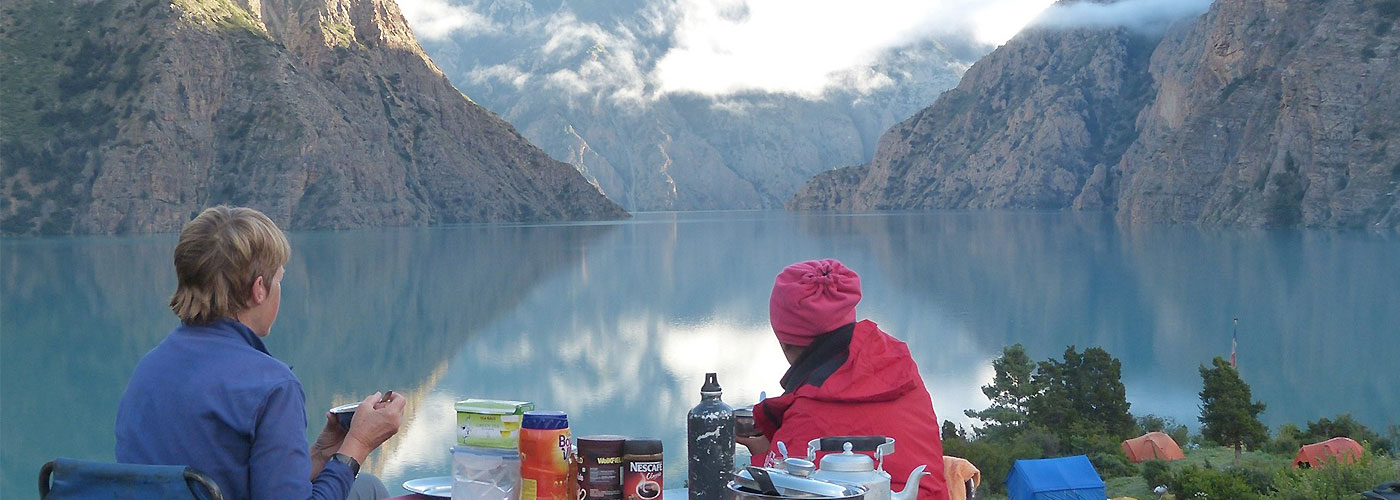
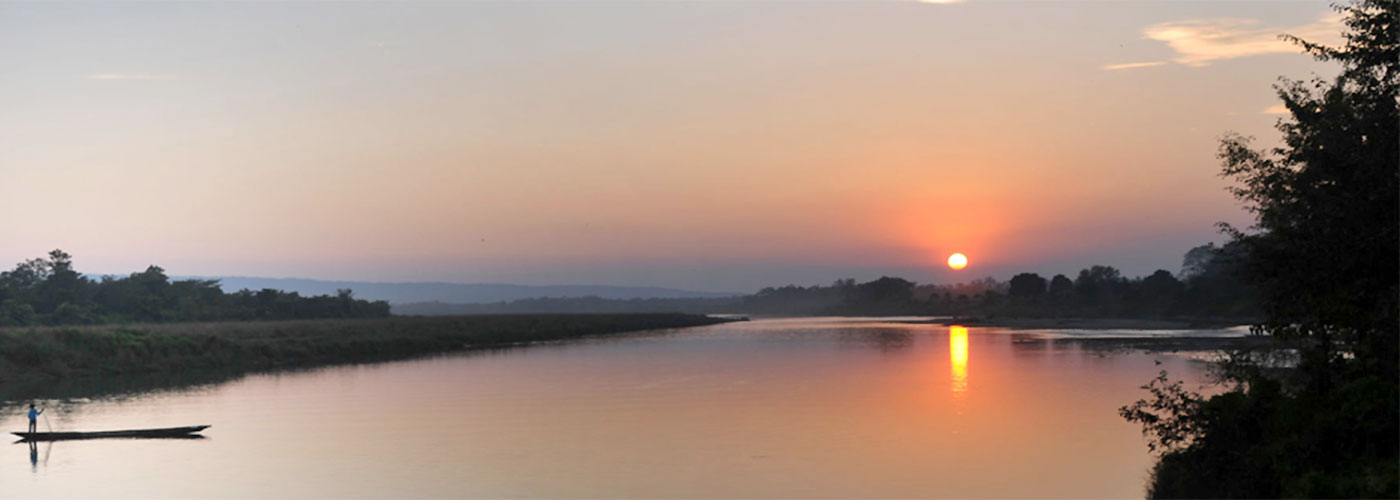
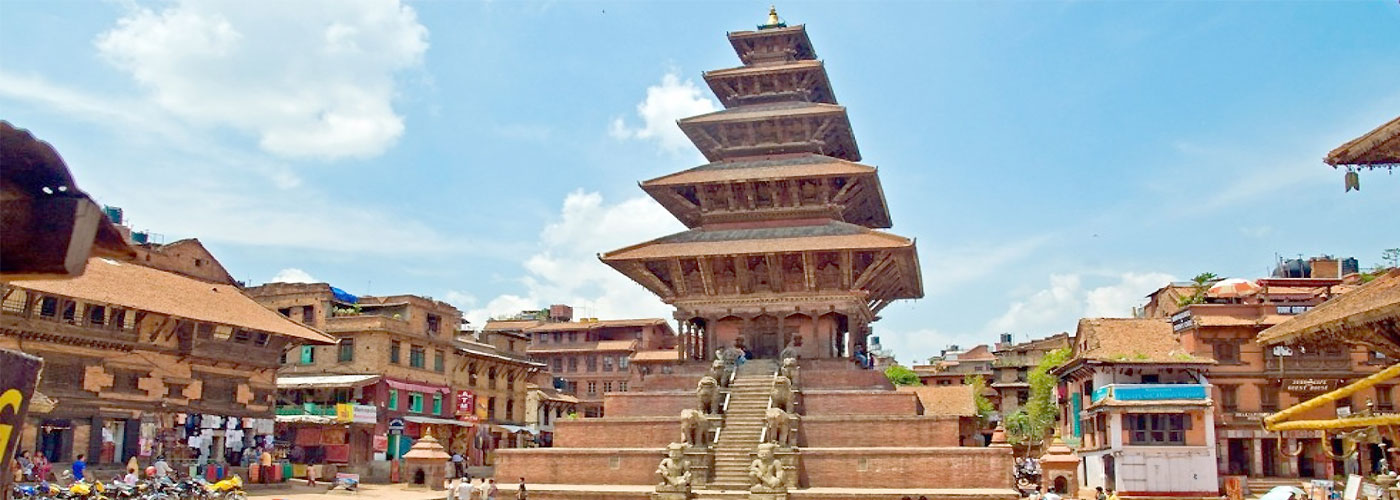

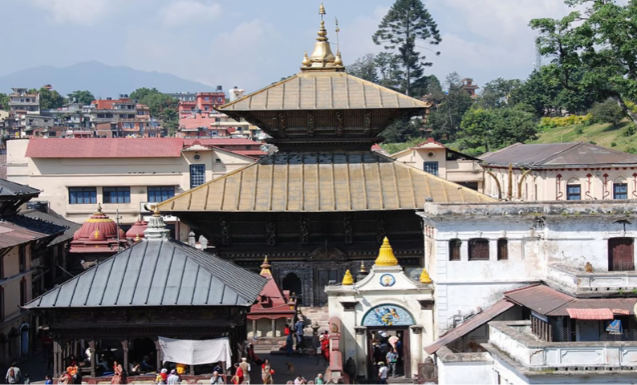
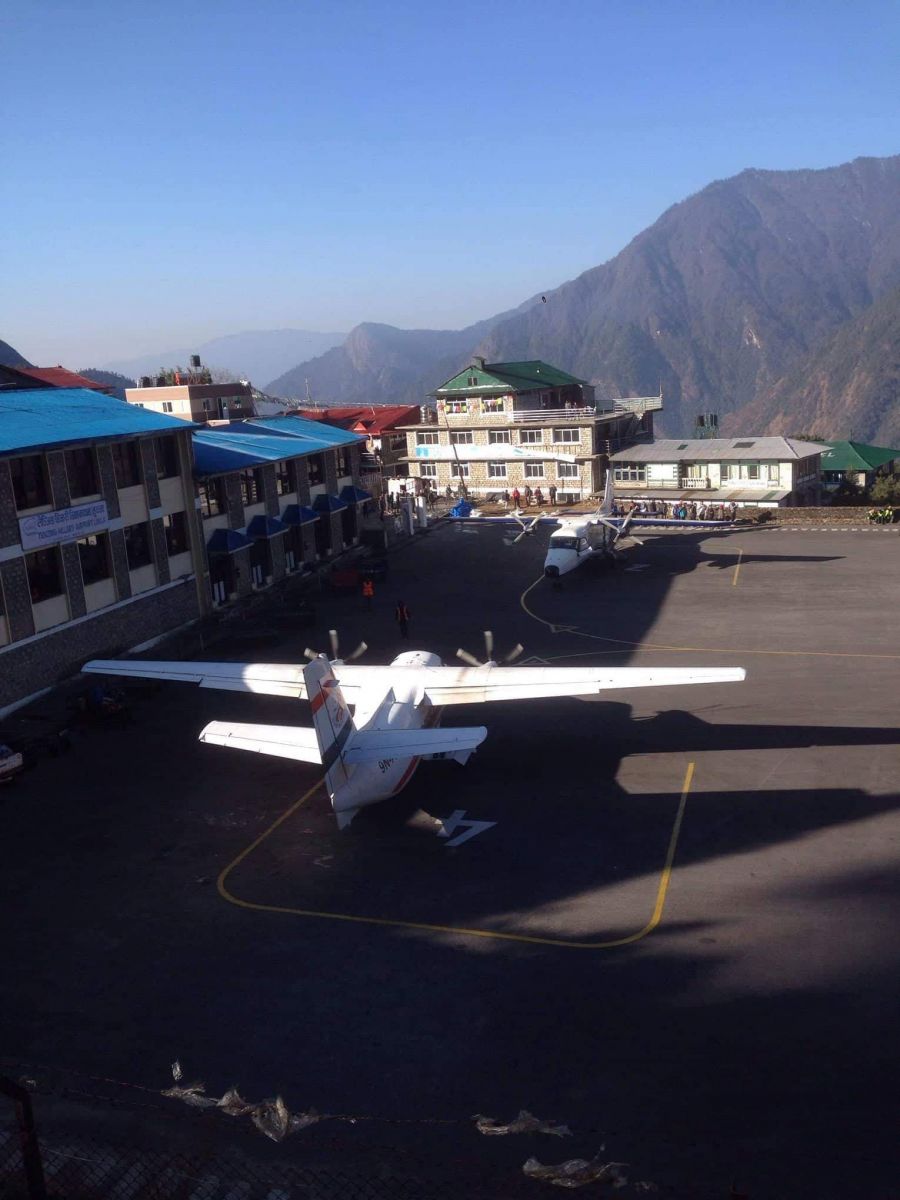
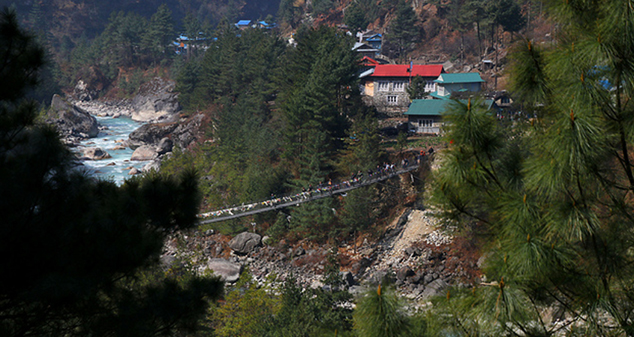
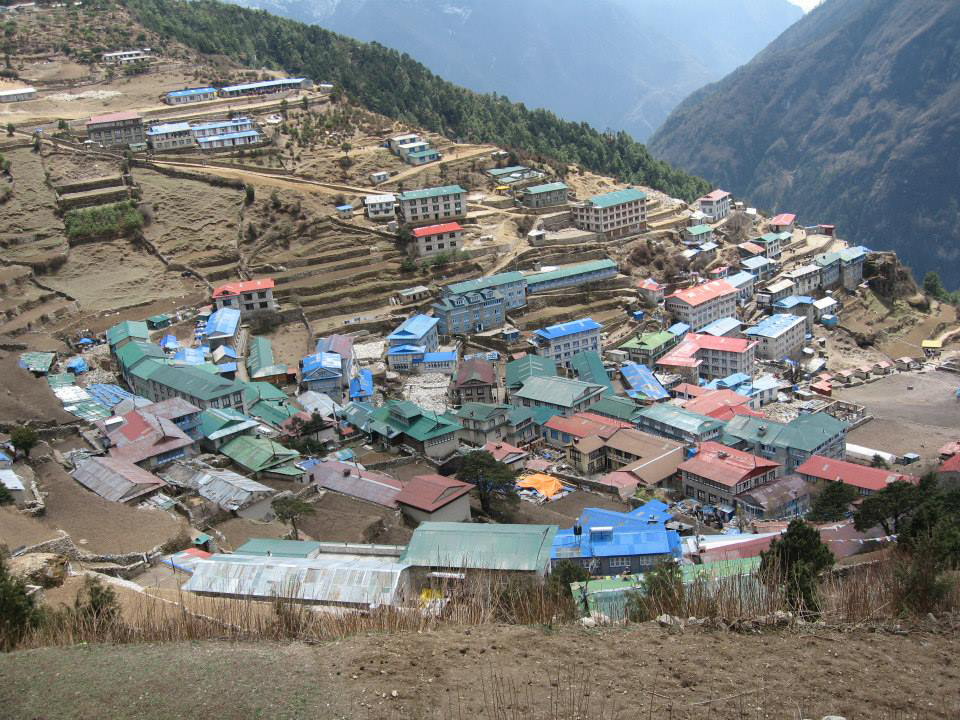
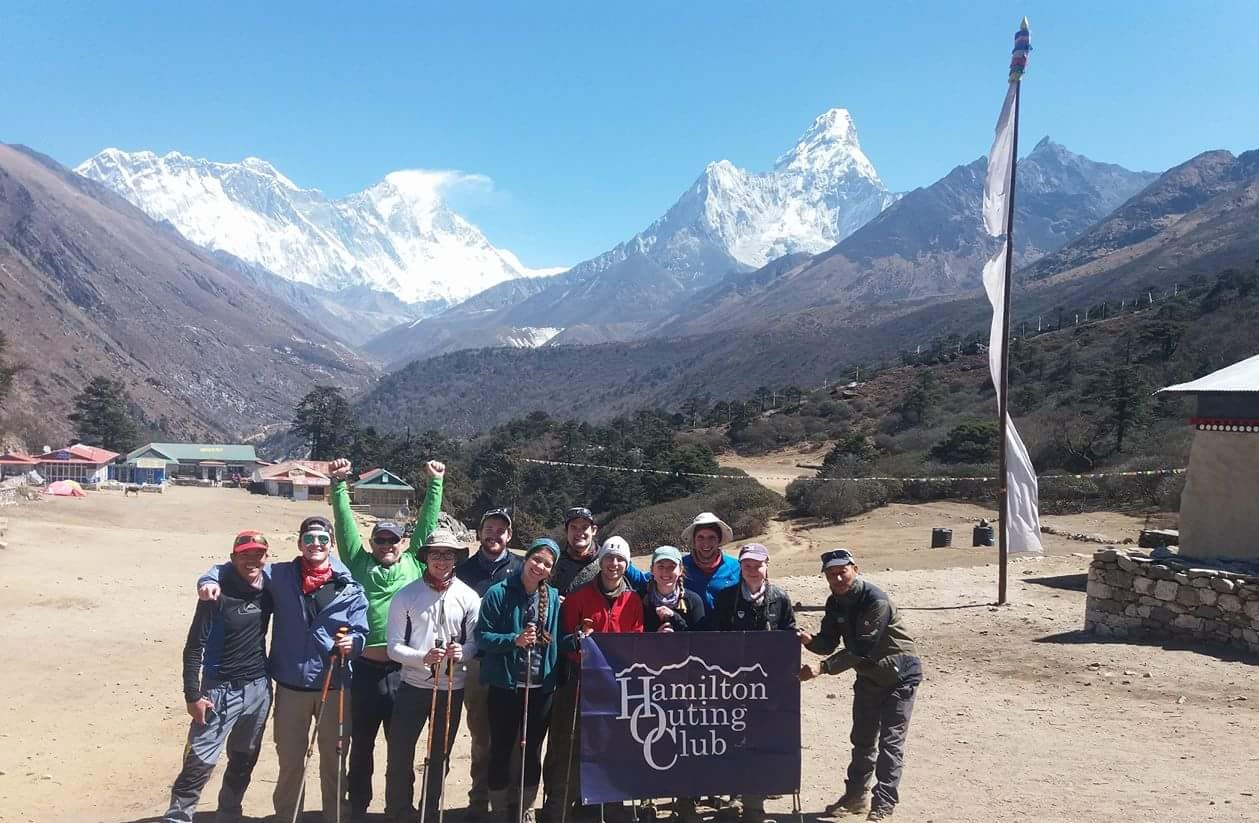
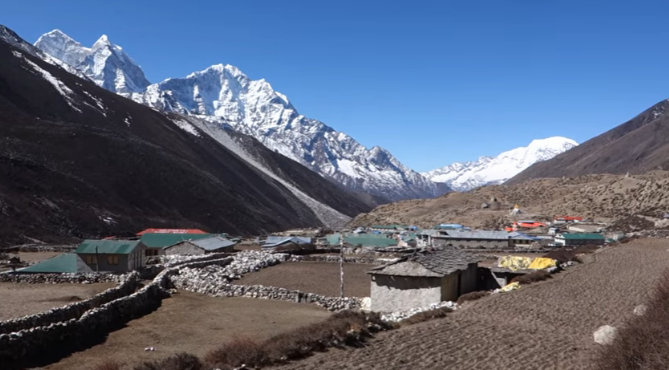
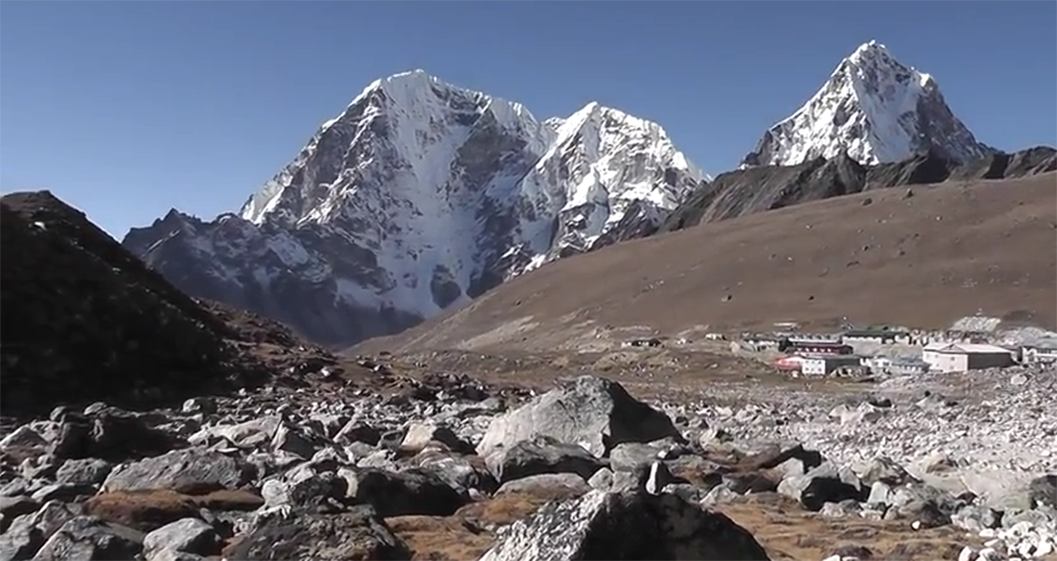
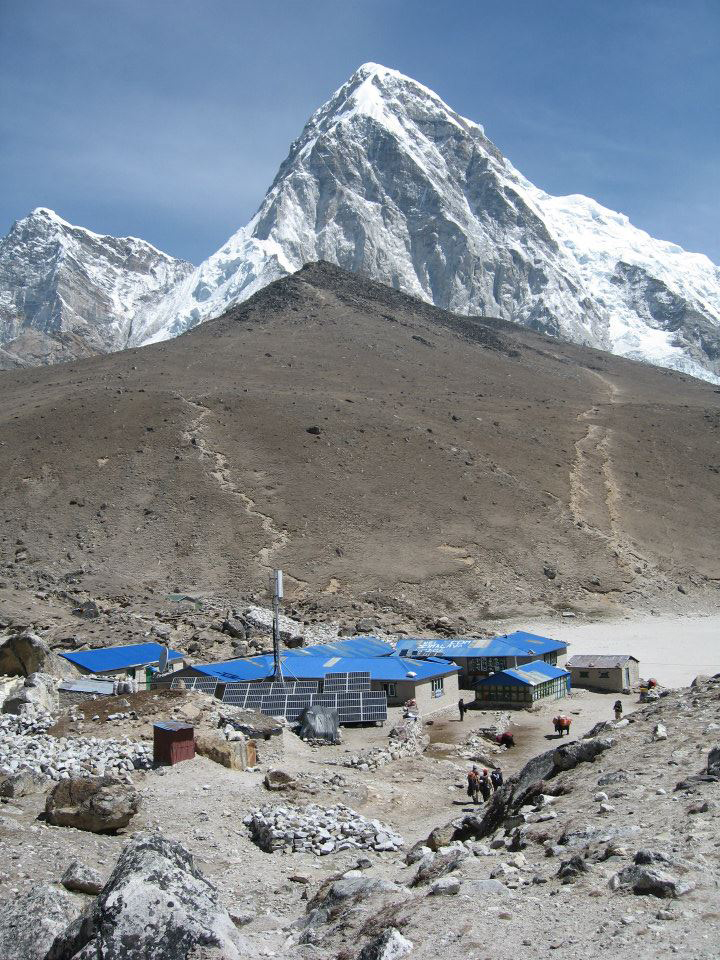
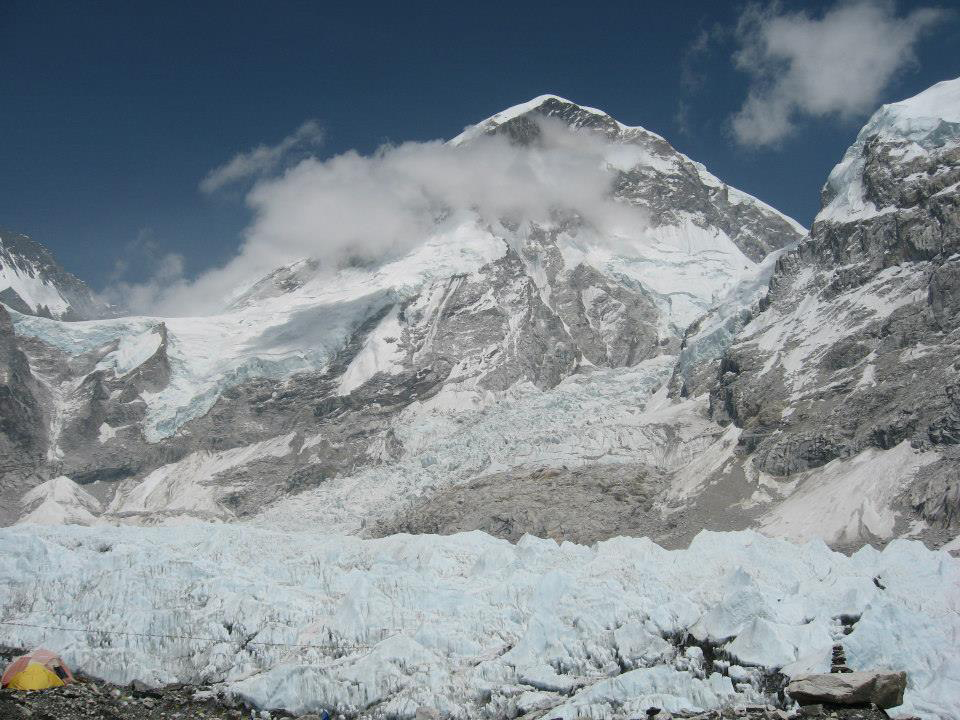
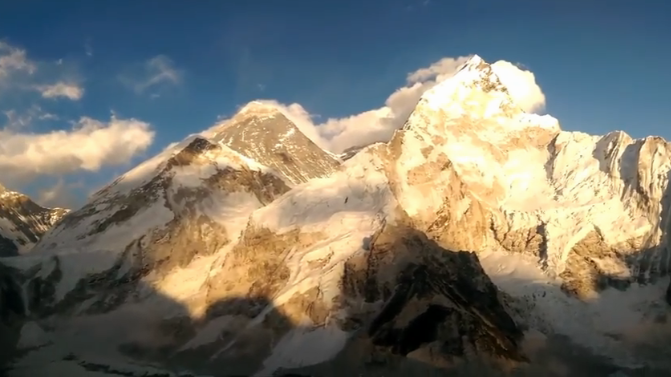
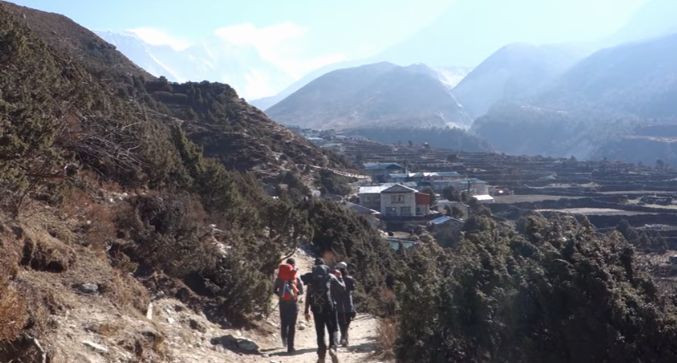
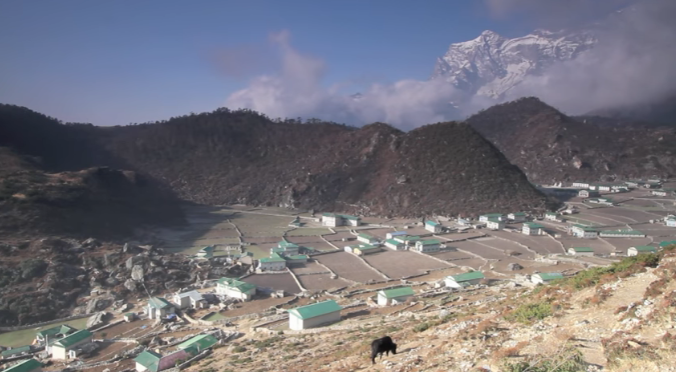
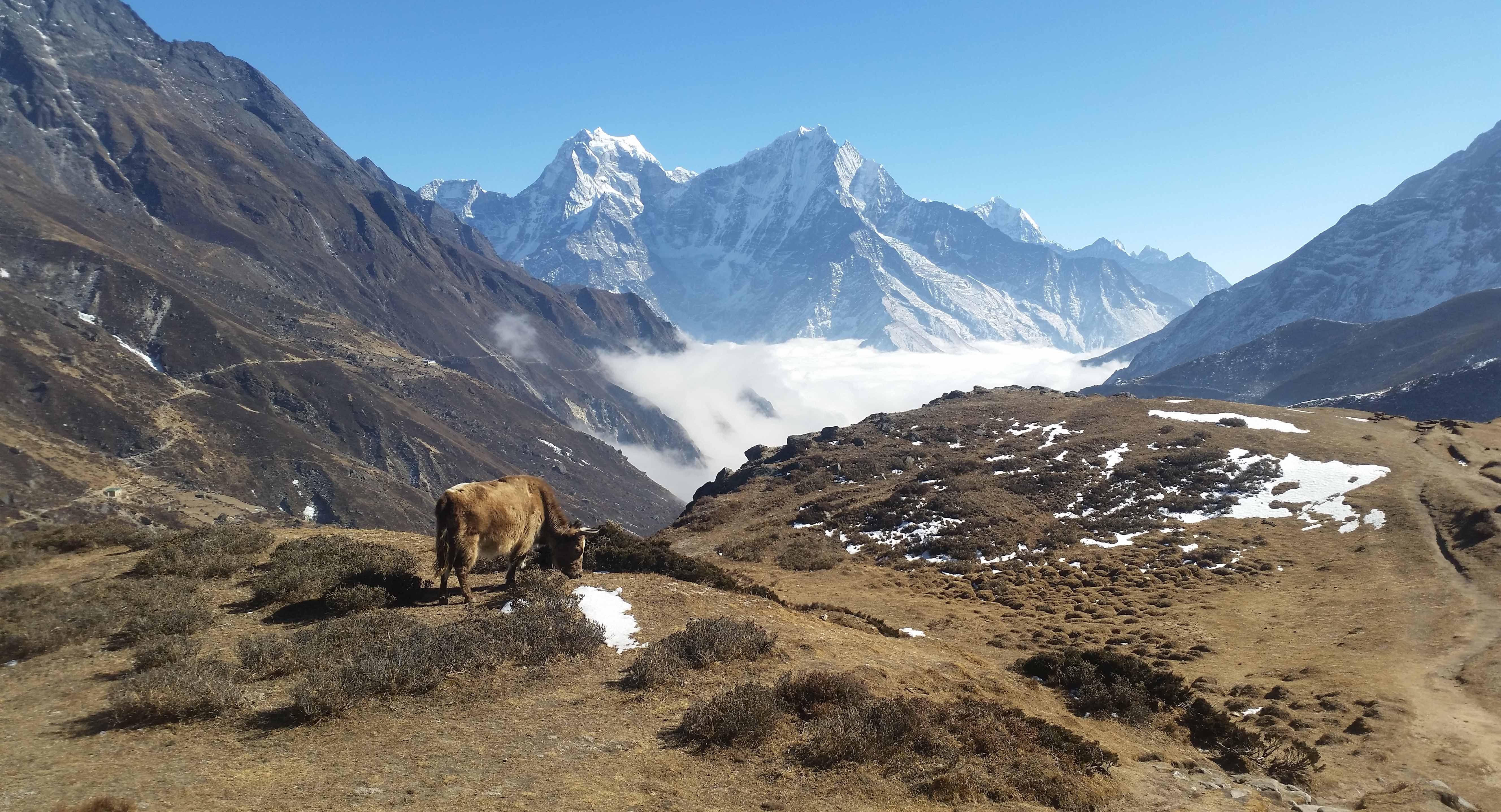
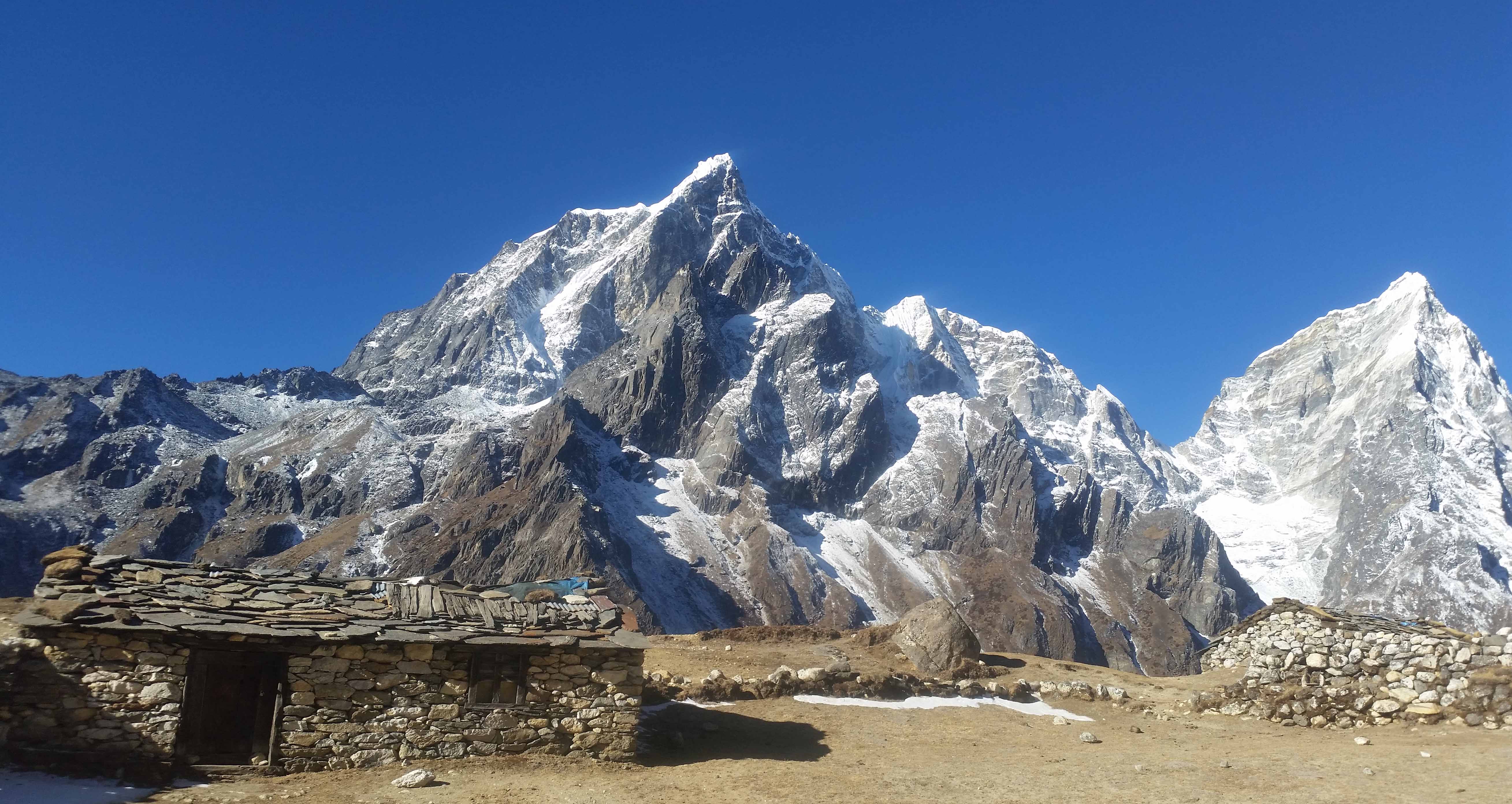
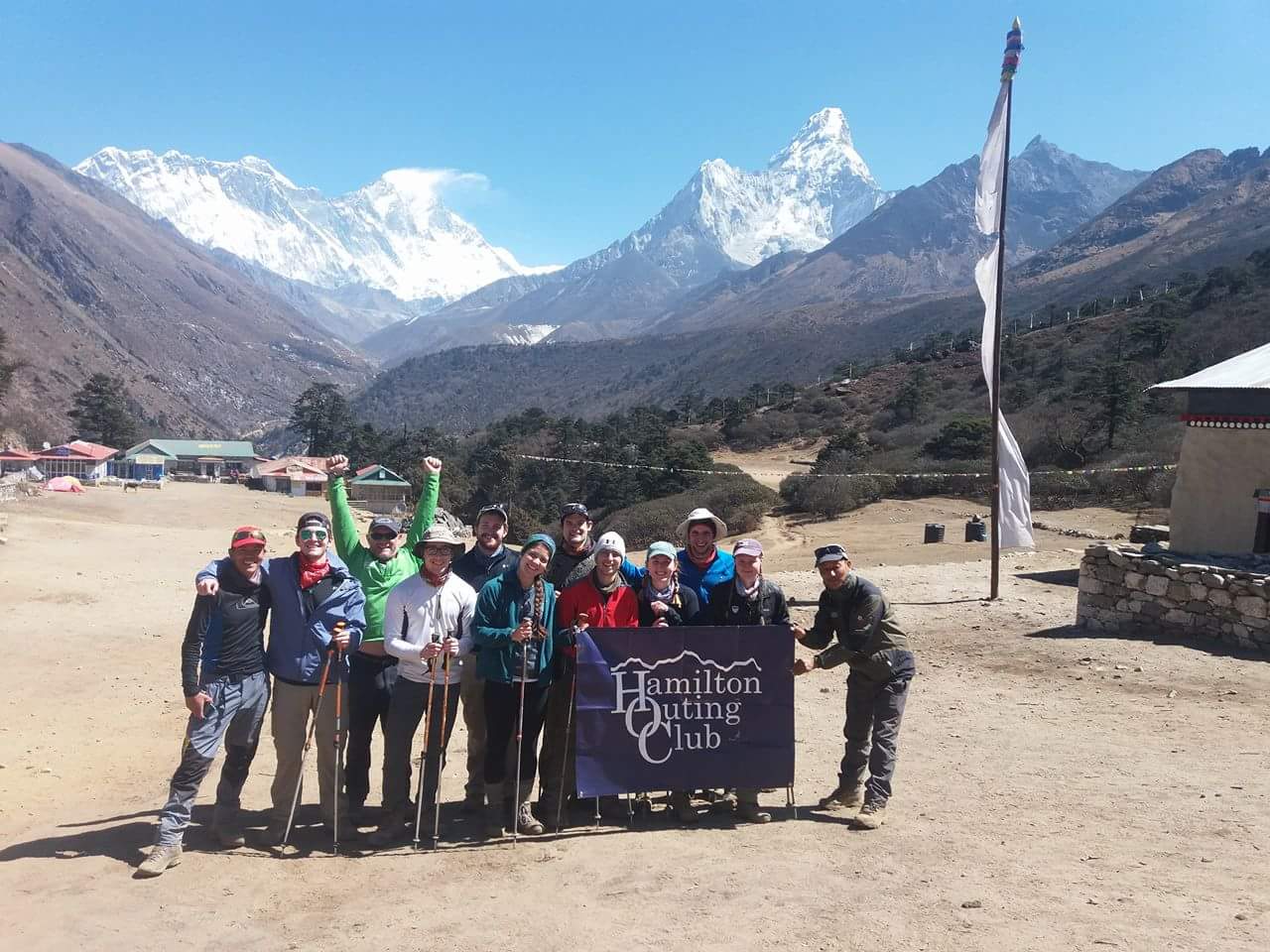
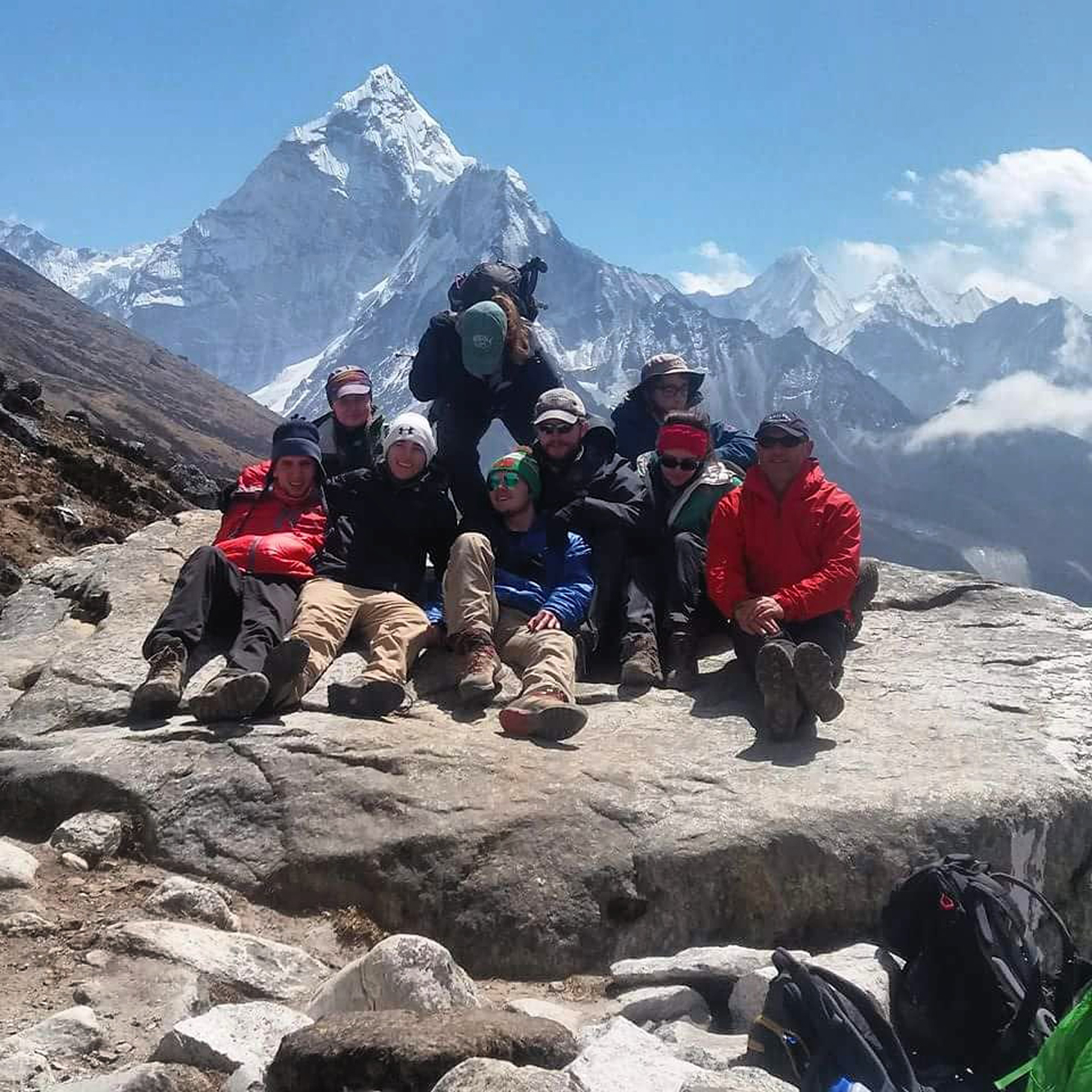
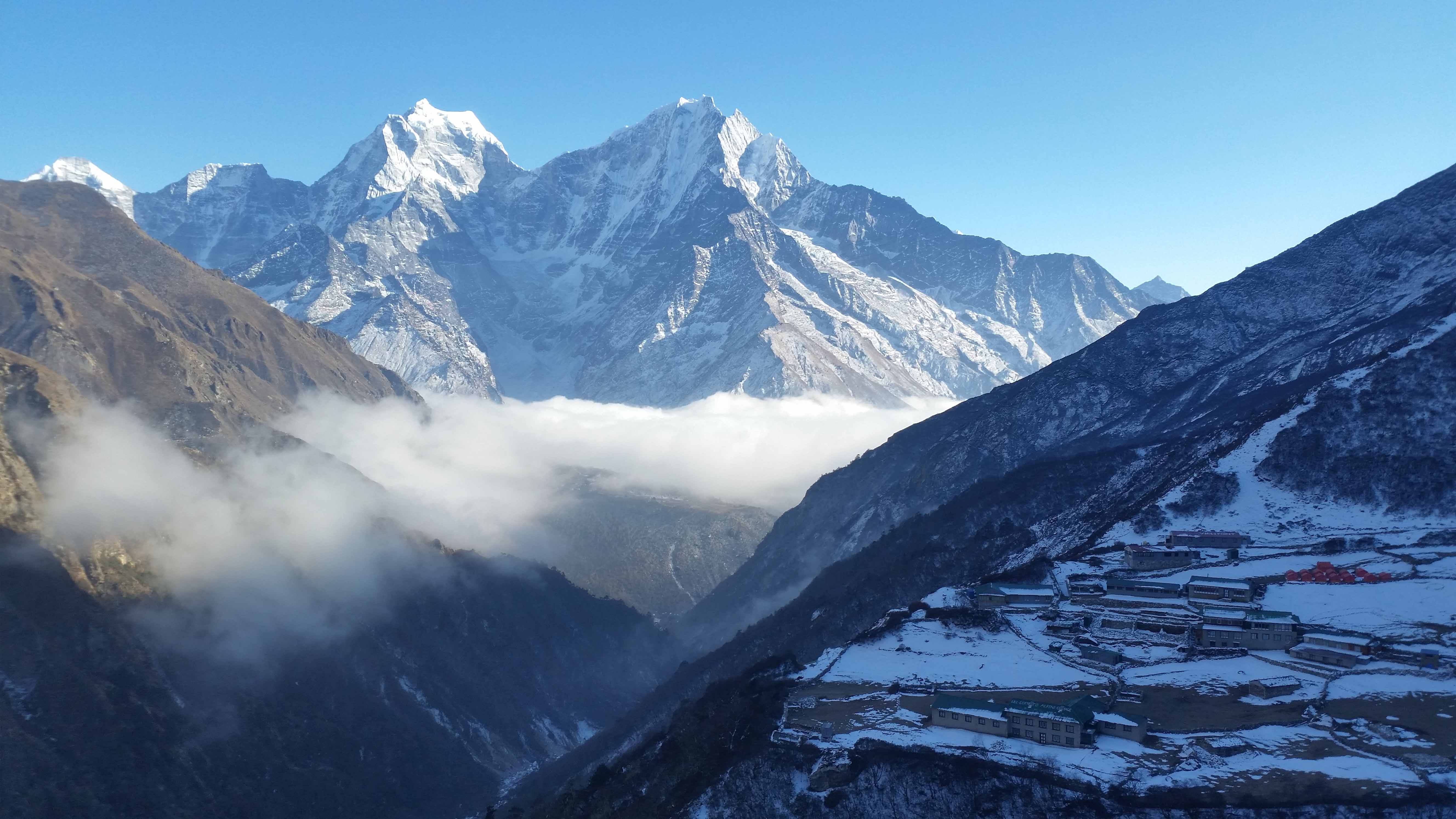
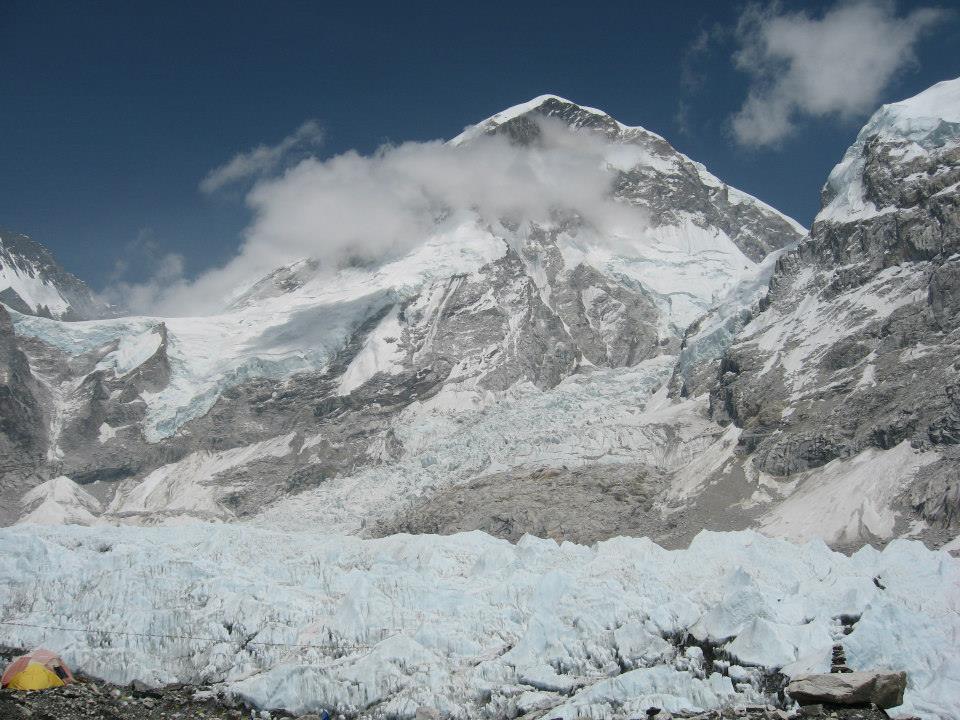
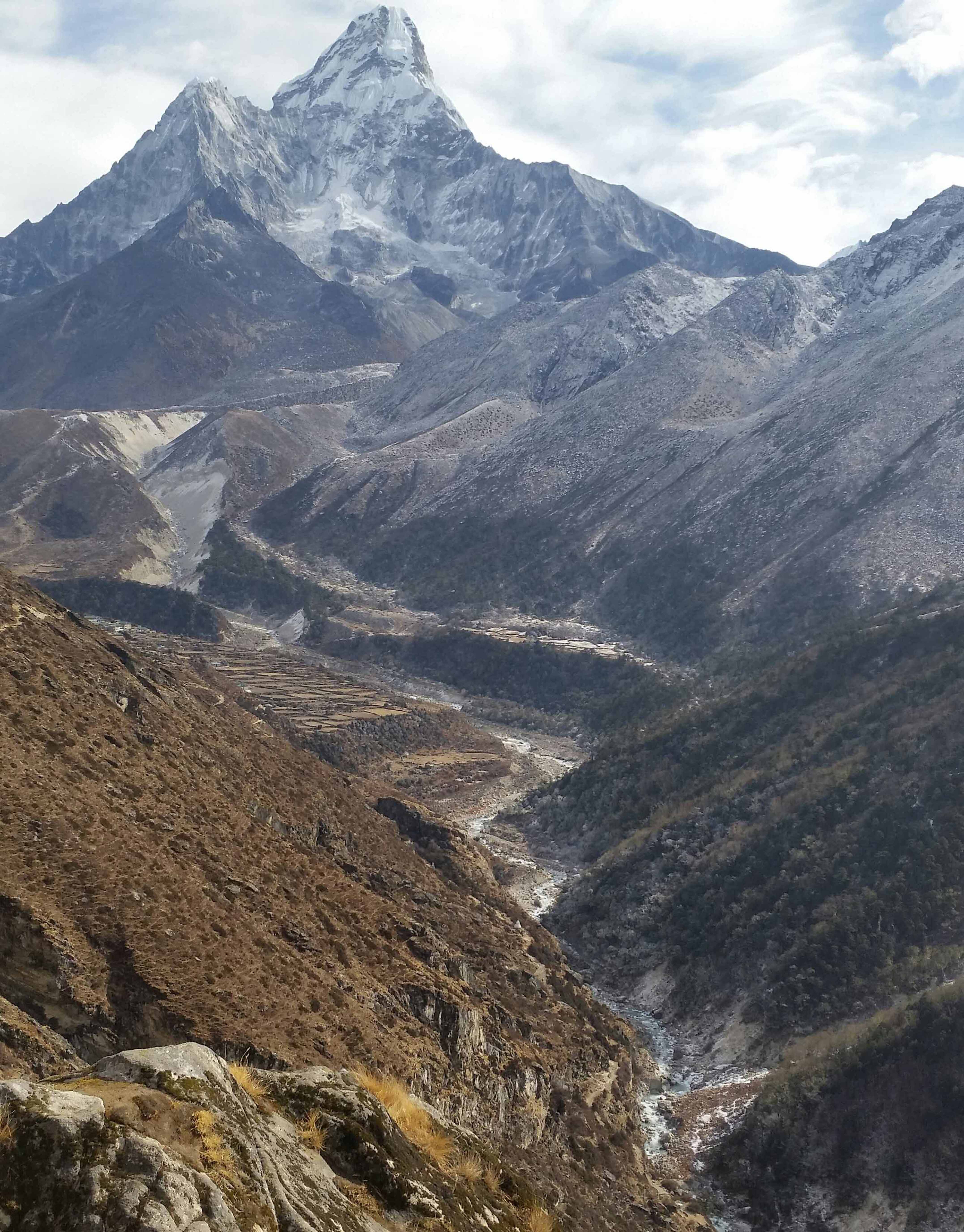
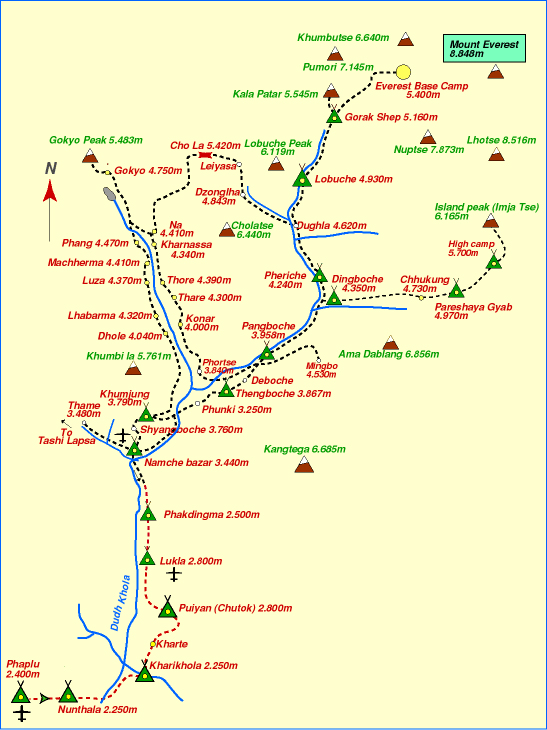


.jpg?resize=200,180)








